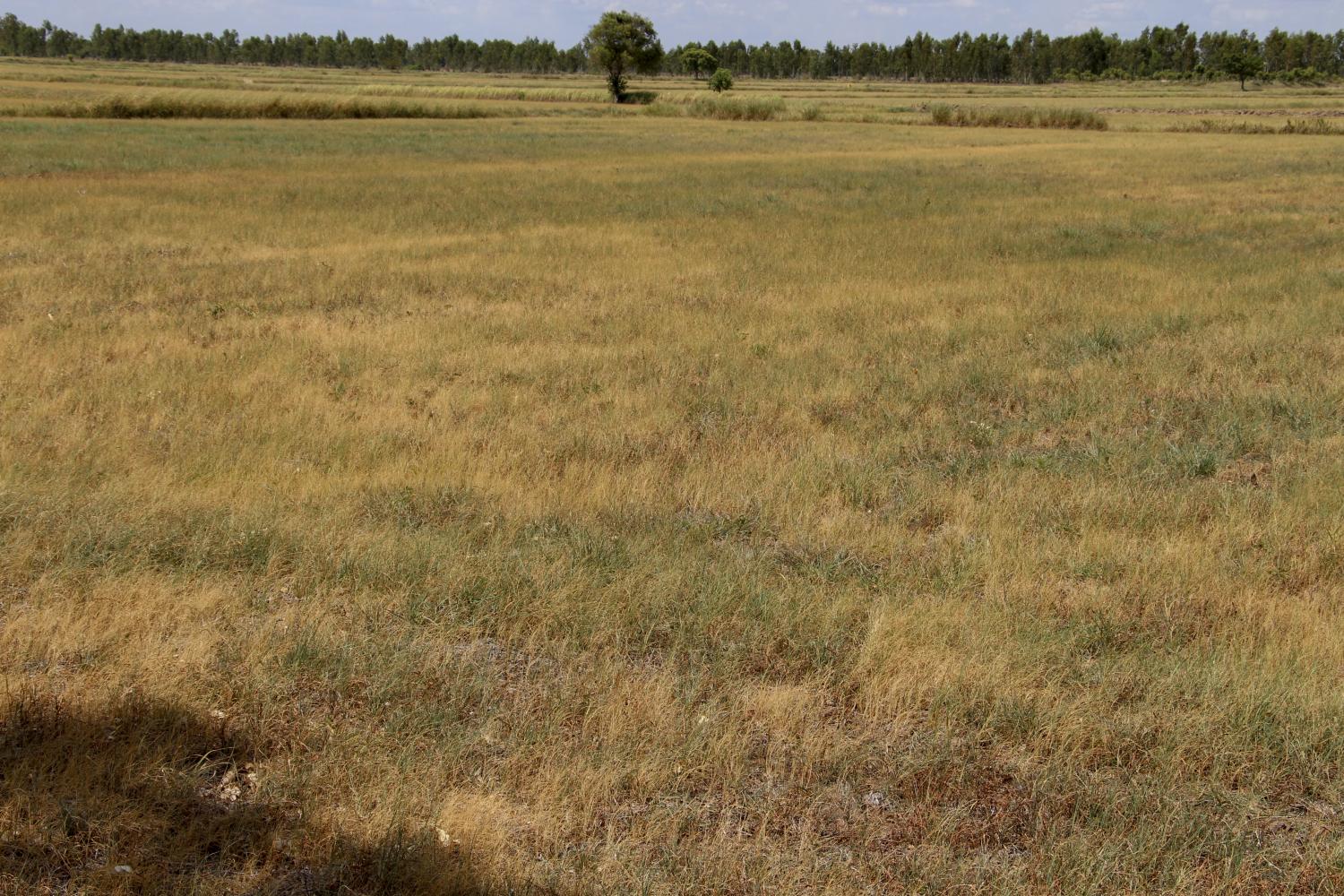
Low rainfall, if it extends until August, will possibly lower rice exports to 8.5 million tonnes this year, the lowest volume in seven years, according to shippers.
Chookiat Ophaswongse, honorary president of the Thai Rice Exporters Association, said this is a tough year for the rice industry because of prolonged low rain levels in the Northeast and the stronger baht.
He estimated the impact of the baht's gain to an average 30.8 baht per US dollar now from 32 baht early in the year had already cost Thailand's overall rice export income about 20 billion baht.
"We need to wait and see if the rain will fall in August. If it does not come by August, the worst-case scenario is a severe impact, cutting hom mali paddy rice production in the Northeast by around 40-50% to 4-4.5 million tonnes from normal production of 8.5-9 million tonnes," said Mr Chookiat.
He said milled Thai hom mali rice supply is expected to fall accordingly to only 2 million tonnes from 4 million, leading Thailand without premium rice for export.
Domestic consumption of hom mali rice is normally about 2 million tonnes a year.
"The long drought is likely to drive the prices of Thai hom mali paddy to surge to 25,000 baht per tonne from 16,000 baht per tonne, with the prices of domestic milled hom mali rice rising to 36,000 baht per tonne from 25,000 baht per tonne," said Mr Chookiat.
He said if the rainfall comes earlier, Thailand still has a chance to export 1 million tonnes of hom mali rice, with its price increasing to perhaps US$1,500 per tonne from $1,100 last year.
"The low rainfall is historically prolonged this year, and the association has scheduled a visit to the Northeast in August to evaluate how the drought is affecting the region's rice production," said Mr Chookiat.
Charoen Laothamatas, president of the association, said Thailand's rice shipments hit the lowest rate in June at only 578,000 tonnes, compared with an average of 720,000 tonnes in previous months this year.
The drop caused Thailand's rice exports in the first six months of the year to fall by 19.6% from the same period last year to only 4.36 million tonnes.
The new target is about 20% less than the 11.23 million tonnes the country shipped in 2018.
This year's volume is expected to be worth about $4.7 billion, down 17% from 2018.
Regarding the sharp fall in first-half shipments, the association on Wednesday lowered its target for annual exports to 9 million tonnes from 9.5 million.
Of the total, white rice will account for 3.9 million tonnes, followed by parboiled rice 2.8 million tonnes, hom mali rice 1.3 million tonnes, Thai aromatic rice 600,000 tones and glutinous rice 400,000 tonnes.
Mr Charoen said key threats to Thailand's rice exports include the comparatively strong baht and lower purchase demand from China, which holds hefty rice stocks.
Key rice-importing countries have also changed their rice purchase policies.
For instance, the Philippines has allowed its private sector to play a greater role in rice imports, making competition in the domestic market stiffer.
The drought will cut the country's overall rice production and may result in higher rice prices, he said.
